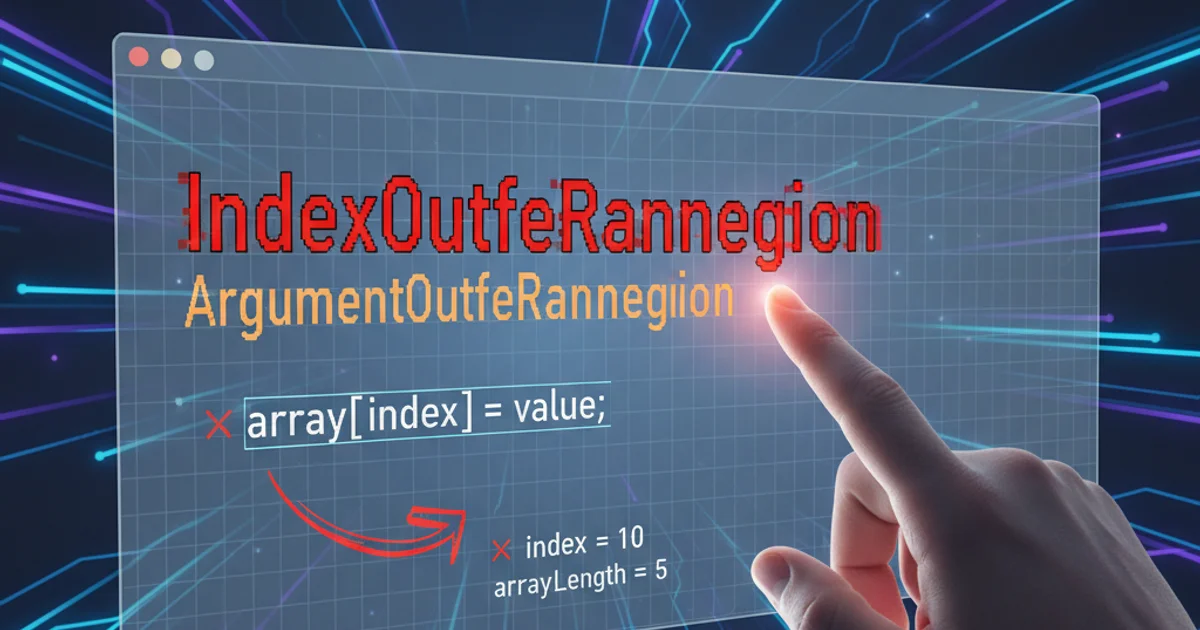Can i use text-align inside div by pixel?
Categories:
Precise Text Alignment: Can You Use Pixels with text-align in CSS?

Explore the capabilities and limitations of the text-align CSS property, specifically addressing whether pixel-based alignment is possible and how to achieve precise positioning for text within a div.
When styling web content, developers often seek precise control over element positioning. A common question arises regarding text alignment: can the text-align CSS property be used with pixel values to achieve exact positioning? This article delves into the nature of text-align, its intended use, and alternative methods for pixel-perfect text placement within a div.
Understanding text-align and Its Purpose
The text-align property in CSS is designed to control the horizontal alignment of inline-level content (like text, images, or inline-block elements) within its block-level parent element. Its primary function is to distribute space around the content, not to set an absolute position. The standard values for text-align are left, right, center, justify, start, and end.
text-align property affects the content inside the element it's applied to, not the element itself. It's inherited by child inline elements.flowchart TD
A[Apply text-align to Parent Div] --> B{Inline Content within Div}
B --> C{Horizontal Alignment of Content}
C --> D{Values: left, right, center, justify}
D -- X --> E[Pixel-based Positioning (Not Supported)]How text-align influences inline content within a parent div.
As the diagram illustrates, text-align operates on a conceptual level of content distribution rather than a precise coordinate system. Therefore, directly using pixel values like text-align: 10px; is not valid CSS and will not work as intended. The browser will simply ignore such a declaration.
Achieving Pixel-Perfect Text Positioning
While text-align doesn't support pixel values, there are several robust CSS techniques to achieve pixel-perfect positioning for text within a div. These methods typically involve manipulating the text's containing element or the text itself using properties designed for spatial control.
<div class="container">
<p class="pixel-offset">This text is precisely positioned.</p>
</div>
Method 1: Using padding or margin on the Text Element
The simplest way to offset text by a specific pixel amount is to apply padding-left or margin-left to the inline-level element (e.g., a <span> or <p>) containing the text, or to the div itself if it contains only that text. This pushes the content away from the edge of its parent.
.container {
border: 1px solid #ccc;
padding: 10px;
}
.pixel-offset {
/* Pushes the text 20px from the left edge of its parent's content box */
padding-left: 20px;
/* Or, if you want to push the element itself */
/* margin-left: 20px; */
}
Method 2: Absolute Positioning
For more complex and precise positioning, especially when text needs to overlap or be placed independently of the normal document flow, position: absolute; is a powerful tool. The parent div must have position: relative; to serve as the positioning context.
.container {
position: relative; /* Establishes positioning context */
width: 300px;
height: 100px;
border: 1px solid #ccc;
}
.absolute-text {
position: absolute;
left: 30px; /* 30 pixels from the left edge of the container */
top: 15px; /* 15 pixels from the top edge of the container */
background-color: #e0f7fa;
padding: 5px;
}
position: absolute; removes the element from the normal document flow, which can affect the layout of other elements. Use it judiciously and test thoroughly across different screen sizes.Method 3: Flexbox or Grid for Layout Control
For modern layouts, Flexbox and CSS Grid offer robust ways to control the placement of items, including text. While they don't directly use pixel values for alignment in the same way text-align does, they allow for precise spacing and alignment of child elements within a container.
.flex-container {
display: flex;
/* Aligns items to the start, then adds space */
justify-content: flex-start;
padding-left: 25px; /* Offset the entire content by 25px */
border: 1px solid #ccc;
height: 50px;
align-items: center; /* Vertically center text */
}
.grid-container {
display: grid;
grid-template-columns: 20px 1fr; /* First column 20px wide for offset */
border: 1px solid #ccc;
height: 50px;
align-items: center;
}
.grid-text {
grid-column: 2; /* Place text in the second column */
}
In the Flexbox example, padding-left on the container provides the pixel offset. In the Grid example, a dedicated column is used to create the pixel-based spacing. These methods provide excellent control over the overall layout and the positioning of text within it.